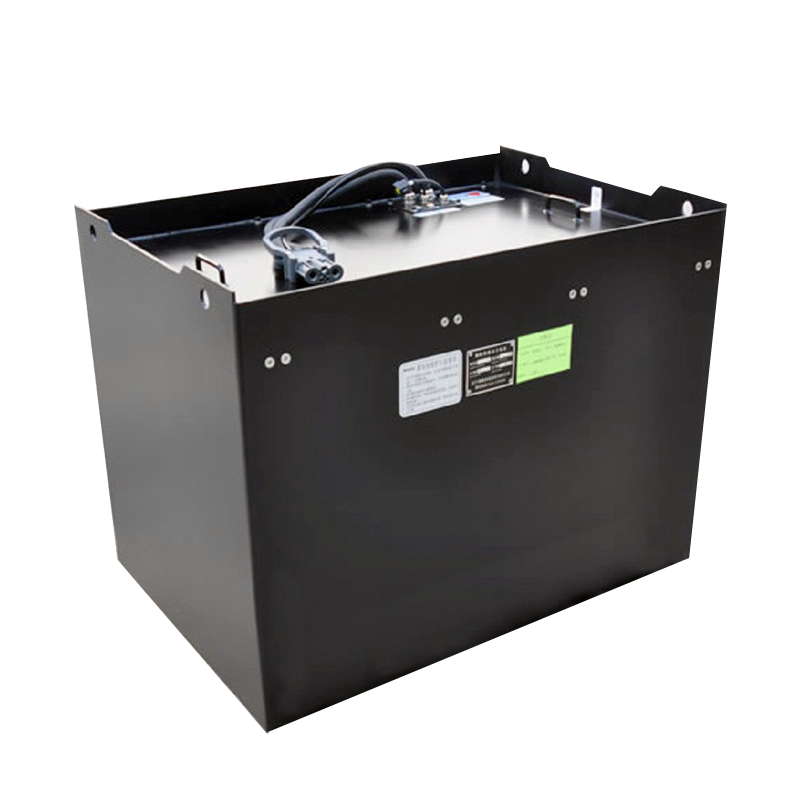1. Increase energy density
• The goal: Increase the energy density of the battery to extend the battery life of the AGV and reduce the frequency of charging.
• Technical means: Develop new materials (such as silicon-based cathode, solid electrolyte) and optimize the cell structure to improve the energy storage capacity per unit volume.
2. Fast charging technology
• Goal: Reduce charging time and improve AGV efficiency.
• Technical means: Developing high-rate charging materials and improving battery management systems (BMS) to ensure safety and stability during fast charging.
3. Long life and reliability
• Goal: Extend battery life and reduce maintenance costs.
• Technology: Reduce battery aging and performance degradation through improved electrode materials, optimized electrolyte formulation and advanced thermal management systems.
4. Safety performance
• Goal: To improve the safety of the battery, prevent overheating, short circuit and other failures.
• Technical measures: introduction of more advanced battery management systems (BMS), use of flame retardant materials, development of intelligent monitoring systems to monitor battery status in real time and take preventive measures.
5. Lightweight design
• Goal: Reduce battery weight and increase AGV mobility and load capacity.
• Technical means: The use of lightweight high-strength materials to manufacture the shell, optimize the internal structural design, reduce unnecessary weight.
6. Intelligent management
• Objective: To achieve intelligent battery management and maintenance to improve overall operational efficiency.
• Technical means: Integrate Internet of Things (IoT) technology and big data analytics to monitor battery status in real time, predict failures, provide maintenance recommendations, and optimize charging strategies.
7. Environmental adaptability
• Goal: To enhance the battery's ability to adapt to extreme temperatures and complex environments.
• Technical means: Develop high and low temperature resistant electrode materials and electrolytes, optimize thermal management systems, and ensure stable operation of batteries under various environmental conditions.
8. Modularity and standardization
• Goal: to promote the standardized design of battery modules for easy replacement and expansion.
• Technical means: Develop unified battery size and interface standards, simplify the installation and maintenance process, and support the compatibility of different AGV models.
9. Recycling and environmental protection
• Goal: To improve the recyclability and environmental protection of batteries and reduce the impact on the environment.
• Technical means: Research and development of degradable materials, optimize recycling processes, reduce emissions of harmful substances, and promote circular economy.













